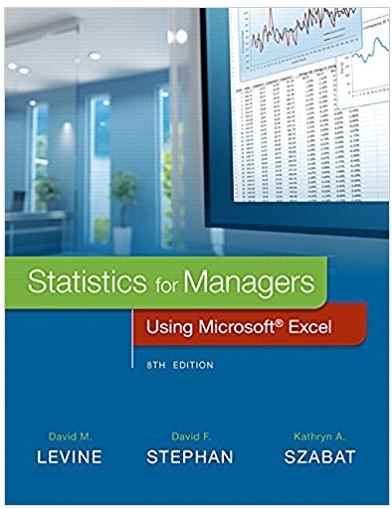An investor is trying to choose between two possible stocks to buy for a three-month investment. One
Question:
An investor is trying to choose between two possible stocks to buy for a three-month investment. One stock costs $30 per share and has a rate of return of R1 dollars per share for the three-month period, where R1 is a random variable. The second stock costs $50 per share and has a rate of return R2 per share for the same period. The investor has a total of $6,000 to invest.
Suppose that R1 has the uniform distribution on the interval [-4.5, 10] and that R2 has the uniform distribution on the interval [-10, 20]. Now the investor can buy shares of both of the two stocks. Suppose that the investor buys S1 shares of the first stock at $30 per share and S2 shares of the second stock at $50 per share. Such a combination of investment is called a portfolio. After the three months, the investor received the expected return of $572.5.
How many shares of stocks are purchased?

Statistics for Managers Using Microsoft Excel
ISBN: 978-0134173054
8th edition
Authors: David M. Levine, David F. Stephan, Kathryn A. Szabat




